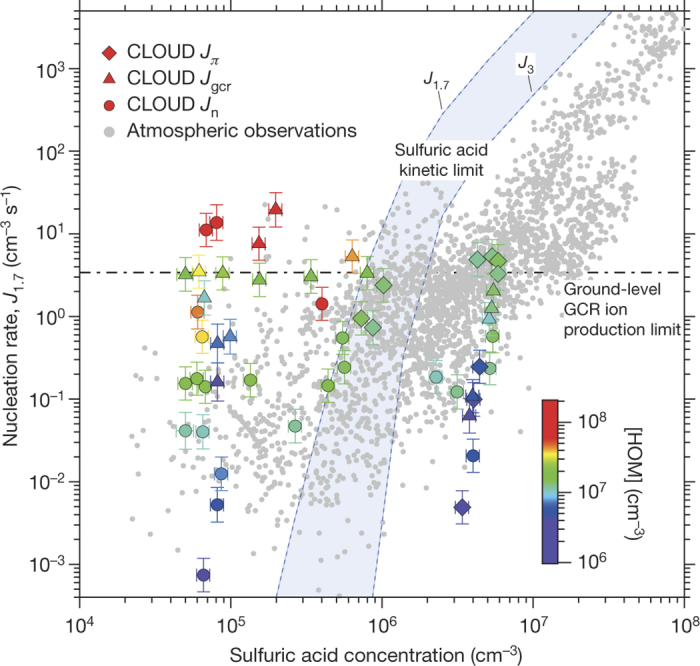Figure 4. Experimental and atmospheric nucleation rates versus H2SO4 concentration.

CLOUD measurements of the neutral (Jn; circles), GCR (Jgcr; triangles) and π beam (Jπ; diamonds) biogenic nucleation rates at 1.7 nm (J1.7) versus [H2SO4]. The CLOUD experimental conditions are 10–1,300 p.p.t.v. α-pinene (for measurements below J1.7 = 10 cm−3 s−1), 25–35 p.p.b.v. O3, zero H2 or HONO, 20%–40% relative humidity and 278 K. Measurements below 1 × 105 cm−3 for [H2SO4] are near to the detection limit of the CI-APi-TOF and should be considered as upper-estimates (to avoid overlap, some data points at the H2SO4 detection limit are displaced by up to 1 × 104 cm−3). The total HOMs concentration from α-pinene oxidation is indicated by the colour scale. Observations of particle formation in the atmospheric boundary layer (mainly at 3-nm threshold size) are indicated by small grey circles3,4,23,24. Following convention, the H2SO4 concentration refers to monomers alone; that is, H2SO4 bound in molecular clusters is not included. The kinetic upper limit on sulfuric acid nucleation is indicated by the blue band, which is bounded by dashed lines indicating J1.7 and J3. This band assumes the CLOUD condensation sink, which is comparable to that of a pristine atmosphere. The upper limit on Jiin from the GCR ion-pair production rate at ground level is indicated by the dot-dashed line. The bars indicate 1σ total errors, although the overall +50%/−33% systematic scale uncertainty on [H2SO4] is not shown.
